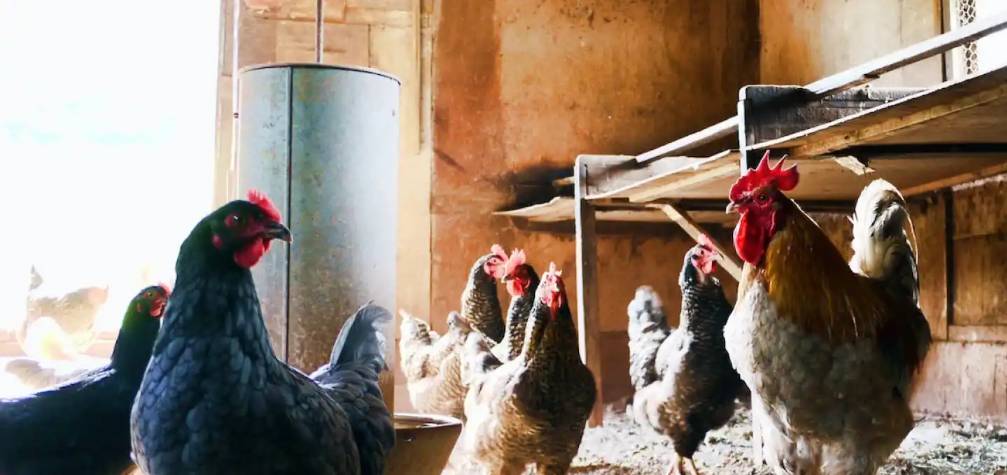Innovations in Microfarming: Maximizing Yields in Tiny Spaces
5 min read
29 May 2025
Microfarming, a practice focused on maximizing crop yields in small spaces, is gaining traction worldwide. In urban areas, balconies, rooftops, and even indoor rooms are being transformed into productive microfarms. This innovative approach to agriculture is not only efficient but also sustainable. This article explores the world of microfarming, highlighting cutting-edge techniques that allow growers to cultivate fresh produce in the tightest of spaces, all while contributing to a greener and more sustainable future.
Vertical Gardening: Growing Upwards
Vertical gardening is a hallmark of microfarming. It involves growing plants upward instead of outward. Vertical planters, shelves, and trellises are used to maximize the use of available space. Vining crops like tomatoes, cucumbers, and beans thrive in vertical gardens, while herbs and leafy greens can be cultivated in wall-mounted pockets. This technique significantly increases crop density without the need for vast horizontal plots, making it a game-changer for urban farming.

Hydroponics and Aquaponics: Soil-less Marvels
In microfarming, traditional soil-based agriculture isn't the only option. Hydroponics and aquaponics are soil-less systems that use nutrient-rich water to nourish plants. Hydroponics suspends plant roots in nutrient solutions, while aquaponics combines plant cultivation with fish farming, creating a mutually beneficial ecosystem. These methods are incredibly space-efficient and can yield impressive harvests in small areas, showcasing the potential for sustainable and resource-efficient farming.
Compact Greenhouses: Extending Seasons
Miniature greenhouses have become a microfarmer's best friend. These compact structures extend the growing season, protect plants from adverse weather, and create ideal microclimates for specific crops. They are perfect for balconies or small yards. With innovations like collapsible and portable greenhouses, microfarmers can adapt to changing weather conditions with ease, allowing for year-round cultivation and increased food security.
Container Gardening: Versatile and Space-Saving
Container gardening is a versatile microfarming technique. Containers can range from traditional pots and planters to repurposed items like buckets and crates. This approach allows growers to position crops optimally for sunlight and space utilization. Container gardening is ideal for growing herbs, peppers, strawberries, and even dwarf fruit trees. It's all about making the most of limited space, proving that creativity knows no bounds in microfarming.
Microgreens and Sprouts: Nutrient-Packed Miniatures
Microgreens and sprouts are tiny powerhouses of nutrition that thrive in small spaces. These miniature edibles are packed with flavor and nutrients. They can be grown in shallow trays, even on windowsills. Microgreens like basil, arugula, and radish can be ready to harvest in as little as two weeks. They add freshness and vibrancy to dishes while requiring minimal space, making them a delightful addition to the microfarmer's toolkit.
Smart Technology: Precision Agriculture
Microfarming has embraced smart technology. Sensors, automated irrigation systems, and LED grow lights are used to optimize crop growth. Mobile apps provide real-time data on plant health and environmental conditions. These innovations enable microfarmers to manage their crops efficiently and make data-driven decisions, even in confined spaces. Smart technology takes microfarming to a new level, ensuring that every square inch of space is used to its fullest potential.
Conclusion: Growing Big in Small Spaces
Microfarming is a testament to human ingenuity and adaptability. It allows individuals to produce fresh, organic food in the most limited urban settings. As urbanization continues to increase, the innovations in microfarming provide a path to sustainable, localized food production. Whether you have a small balcony or a tiny backyard, you can be part of the microfarming revolution and enjoy the fruits (and vegetables) of your labor, no matter the size of your space. Microfarming showcases the potential for sustainable urban agriculture, proving that even in the tightest of spaces, big ideas can thrive.


